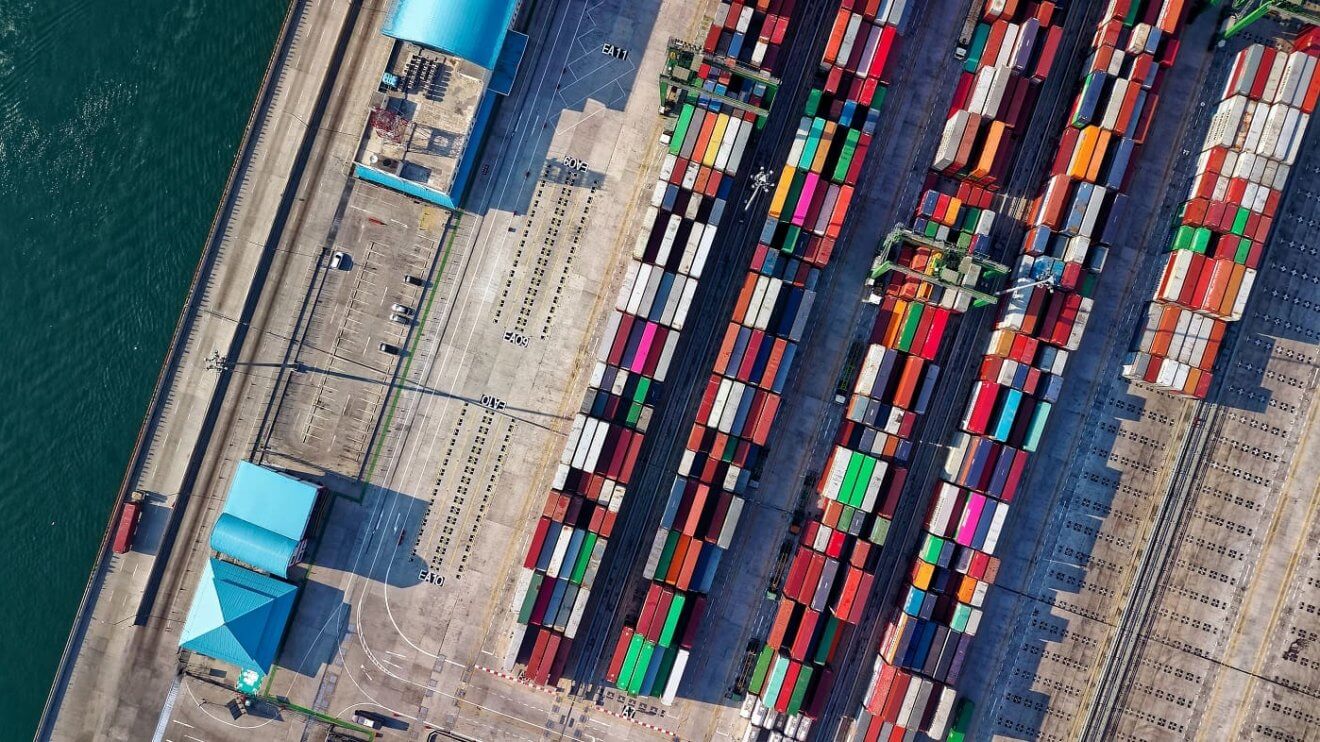In today’s interconnected world, globalization allows businesses of all sizes to access the international supply chain, opening new opportunities for growth and expansion. For small and mid-sized businesses, however, entering the global supply chain can be a daunting task. They face unique challenges, such as existing cash flow accessibility, technology infrastructure, established international connection networks and many other resource restrictions. It’s even more complicated for female-owned or operated businesses due to the inequities that continue to linger between their male-owned or operated business counterparts.
Resource gaps for female entrepreneurs
As one example, let’s take a moment and unpack the cash flow accessibility challenges that exist for female-owned and operated small and mid-sized businesses. The reality is that smaller companies in general—no matter the ownership structure—already have more difficulty gaining access to credit. There are many risks associated with these smaller entities: insufficient age or duration of operations, limited collateral, inconsistent historical revenue stream or credit score.
Women entrepreneurs face even more challenges when it comes to funding. In 2022, companies founded solely by women garnered just 2.1 percent of the total capital invested in venture-backed startups in the U.S., according to PitchBook data.
As a woman in the shipping and logistics industry and co-founding member of Ship4wd, a digital-first freight forwarder, I recognize the unique challenges women face. I also know that these financial challenges don’t have to stop female entrepreneurs from navigating the global supply chain. New technology solutions are creating greater accessibility and diminishing the disparity that exists today by democratizing international shipping for tomorrow. Change is not only on the horizon—it’s actively underway, ushering in a new era of how global trade is operationalized.
Even with these rapid shifts changing the course of global trade, many industry myths continue to prevail, hindering small and mid-sized businesses from taking advantage of a new age of resources. In the spirit of serving as a supply chain support system for fellow female entrepreneurs, here are a few actionable steps that women-owned and operated small and mid-sized businesses can take to overcome and combat global shipping and logistics myths.
Myth 1: Historical cash flow challenges prevent my business from fully maximizing the global supply chain today
Small and mid-sized businesses are particularly susceptible to cash flow challenges, such as the need to prepay for international manufacturing, delayed inventory arriving in the U.S. or incremental costs for shipping mistakes. By working with a strategic freight forwarder, though, businesses can strengthen their financial position. A freight forwarder with deeply embedded relationships across the supply chain can efficiently and effectively assess factors such as supply chain and inventory levels, shipping routes and schedules, allocation, payment structure and financing options. They aid in the identification and negotiation of these elements, minimizing a company’s internal strain while effectively optimizing cash flow in shipping and securing goods door-to-door or port-to-port.
Myth 2: The best of the supply chain is reserved for the biggest companies
For many years, small and mid-sized high-growth enterprises have been a secondary priority compared to larger and more established entities that enjoy high-touch services from shipping companies. With the advancement of new technologies, this simply isn’t true anymore. Today, companies of all sizes can leverage the multinational supply chain—but it isn’t as simple as finding a one-size-fits-all solution to everyone’s problems. Even with industry innovations, every business still needs a customized approach tailored to its unique needs.
Businesses should begin by conducting a shipping and logistics operations audit. Where is the business succeeding? What areas are the company’s weakest points? Where does leadership see the company going, and do current resources exist to get there? Through this exercise, companies can determine areas of improvement that can be managed internally and where outsourcing can be deployed to bolster productivity and profitability. Within the supply chain, consider how external partnerships can assist with customs and connection issues that can otherwise lead to delayed inventory, damaged reputation, elimination from store shelves, downgraded retailer ratings and lost revenue.
Myth 3: If it isn’t broken, don’t fix it
While change can feel risky—whether for early-stage enterprises or mid-growth ventures—continuous evolution and innovation are critical to maintaining a competitive advantage among industry peers. Technology is a key driver of success in the global supply chain. Small and mid-sized business owners must embrace new technologies to adequately access the international supply chain and compete with larger companies. By leveraging technology, businesses can expand their reach and connect with suppliers, manufacturers, distributors and shippers from around the world. This, in turn, will provide the most value and trust to their customers with consistent on-time shipments and open communication about their status.
No matter the barrier being faced or myth being busted, remember the importance of flexibility. Having the ability to quickly pivot production, change suppliers or shippers and modify products in response to changing market demands can serve as a catalyst for growth. With the right strategy and mindset, small and medium-sized female-owned businesses can access the global supply chain and take advantage of the many opportunities it provides as they strive for success.
About Carmit Glik
As CEO, Co-Founding Member and Senior Executive of Ship4wd, Carmit Glik is at the forefront of digital transformation in the global freight industry, leading high-profile projects in digital freight marketplaces and sustainable, customer-focused end-to-end global digital transportation solutions. She brings more than 23 years of industry experience, working with startups and large multinational enterprises alike, covering strategic supply chain management, digital transportation and freight forwarding solutions. Learning from her extensive career in an array of internationally located supply chain roles, she sought to find a new way to do things—a better way that placed small- and mid-sized emerging enterprises at the center of the shipping equation. Glik is a passionate advocate of digital transformation. She and her team are dedicated to demystifying and democratizing the global shipping process by shining a light on and solving the issues impeding today’s business growth potential.
Want to see more stories of entrepreneurs revamping the supply chain? Learn how Tatiana Alexa and Sangrove strive for a new system of sustainability.








Add Comment